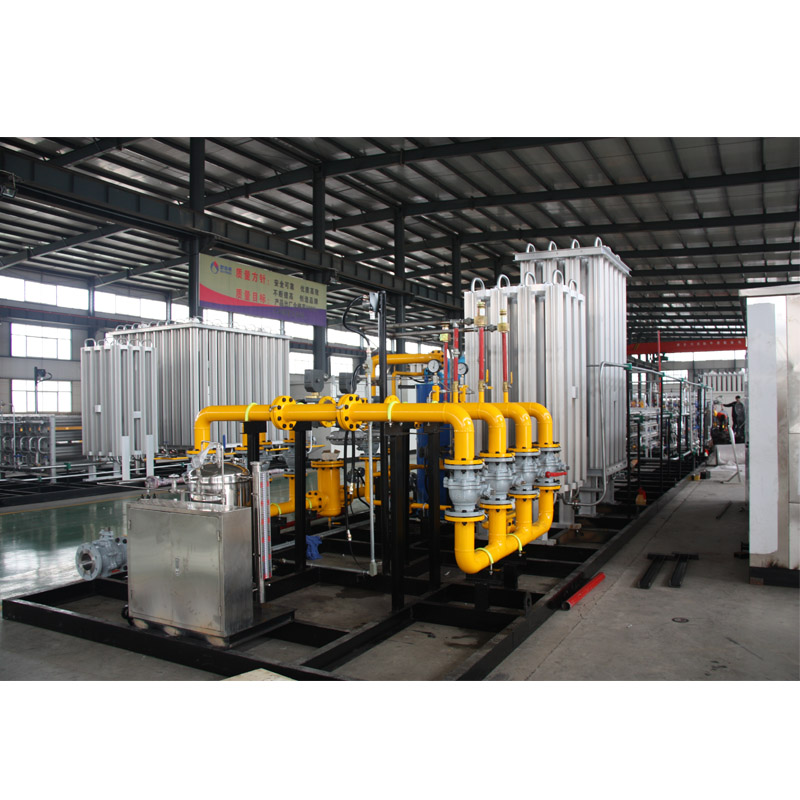
8 月 . 08, 2024 06:15
Back to list
Understanding the Importance and Functionality of Relief Valves in Industrial Applications
Understanding Relief Valves A Critical Component in Pressure Management
Relief valves are essential mechanical devices widely used in various industrial applications to ensure safety and maintain the integrity of systems under pressure. Their primary function is to prevent excessive pressure from building up within a system, which could lead to catastrophic failures or accidents. Most commonly employed in steam, water, and gas applications, relief valves act as a safeguard, releasing excess pressure when it exceeds a predetermined threshold.
At its core, a relief valve is a simple yet effective mechanism designed to protect equipment from overpressure conditions. It typically consists of a valve body, spring mechanism, and often a fluid inlet and outlet port. The operation of the valve is straightforward when the pressure within a system exceeds the setpoint, the spring compresses, allowing the valve to open. This release of pressure helps to bring the system back to a safe operating state.
There are various types of relief valves, each suited for particular applications. The most common include spring-loaded relief valves, pilot-operated relief valves, and safety valves. Spring-loaded relief valves are designed to open and close based on the tension of the spring, while pilot-operated relief valves use a smaller “pilot” valve to control the larger main valve, leading to more precise pressure control. Safety valves, on the other hand, are typically used in applications where the rapid release of pressure is critical to avoid sudden failures.
The criticality of relief valves cannot be overstated, particularly in industries involving high-pressure systems, such as oil and gas, chemical processing, and power generation
. For example, in the oil industry, relief valves prevent the excessive buildup of pressure in pipelines, ensuring safe transport and processing of crude oil and natural gas. In manufacturing plants, they protect equipment like boilers and compressors from overpressure conditions, which could lead to explosions or equipment failure.relief valves

Regular maintenance and testing of relief valves are crucial to ensure their reliability. Valve failure can have severe consequences, including injury to personnel, damage to equipment, and environmental hazards. As such, industries often adhere to strict regulatory standards and best practices for the maintenance and inspection of these critical devices. This includes periodic testing to check for proper operation, verifying the set pressure, and replacing any worn components to ensure optimal functionality.
In addition to their safety features, relief valves also play a role in operational efficiency. By maintaining appropriate pressure levels, they allow systems to operate effectively without interruptions, reducing downtime and increasing productivity. This factor contributes significantly to the overall cost-effectiveness of industrial operations, showcasing the multifaceted benefits of these valves.
The advent of new technologies has further enhanced the functionality of relief valves. Smart sensors and automated monitoring systems can now be integrated with traditional valve designs, allowing for real-time pressure monitoring and remote management. This technological advancement not only increases safety by providing timely alerts about pressure fluctuations but also improves the ability to conduct predictive maintenance, thus minimizing unplanned outages.
In conclusion, relief valves are a vital element of pressure management in various industrial settings. Their ability to prevent overpressure conditions ensures both the safety of personnel and operational integrity of equipment. As industries continue to evolve, the role of relief valves will remain critical, emphasizing the need for ongoing innovation and stringent maintenance practices. By understanding and appreciating the significance of these devices, businesses can create safer and more efficient working environments.
Latest news
-
Unlocking The Quality Gas Pressure ReducersNewsNov.01,2024
-
The Role of Gas Pressure Reducing StationsNewsNov.01,2024
-
The Importance and Functionality of Safety Relief ValvesNewsNov.01,2024
-
The Essential Role of Safety Valves in Natural Gas ApplicationsNewsNov.01,2024
-
The Essential Role of Gas Pressure RegulatorsNewsNov.01,2024
-
Enhance Your Premium Gas FiltersNewsNov.01,2024

